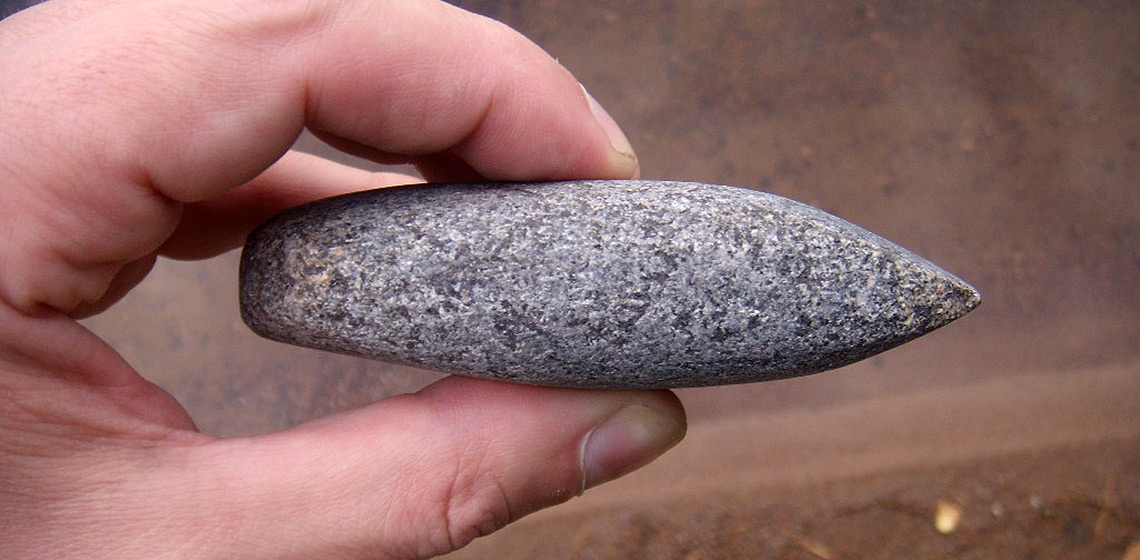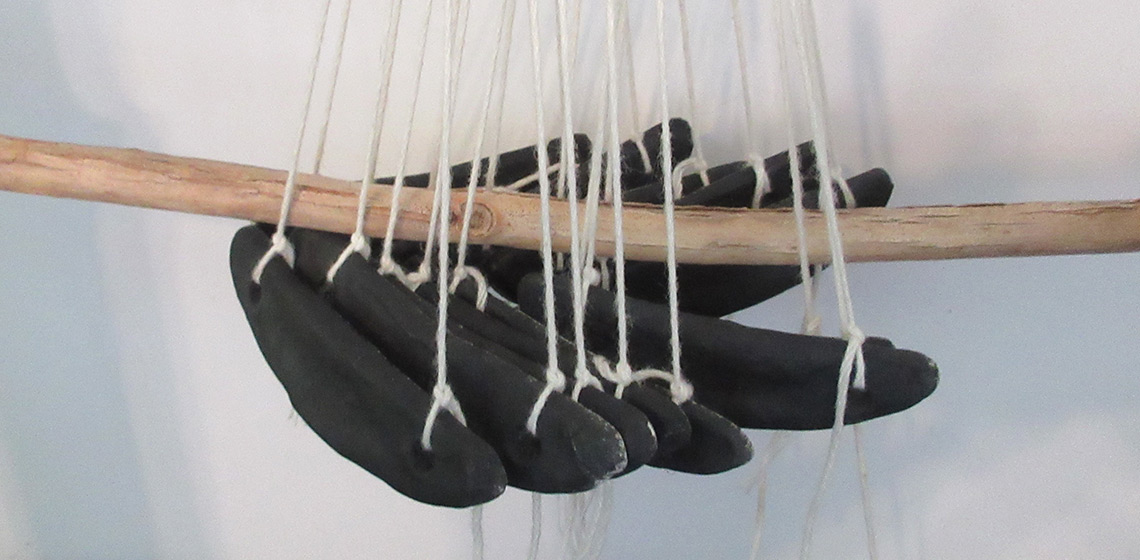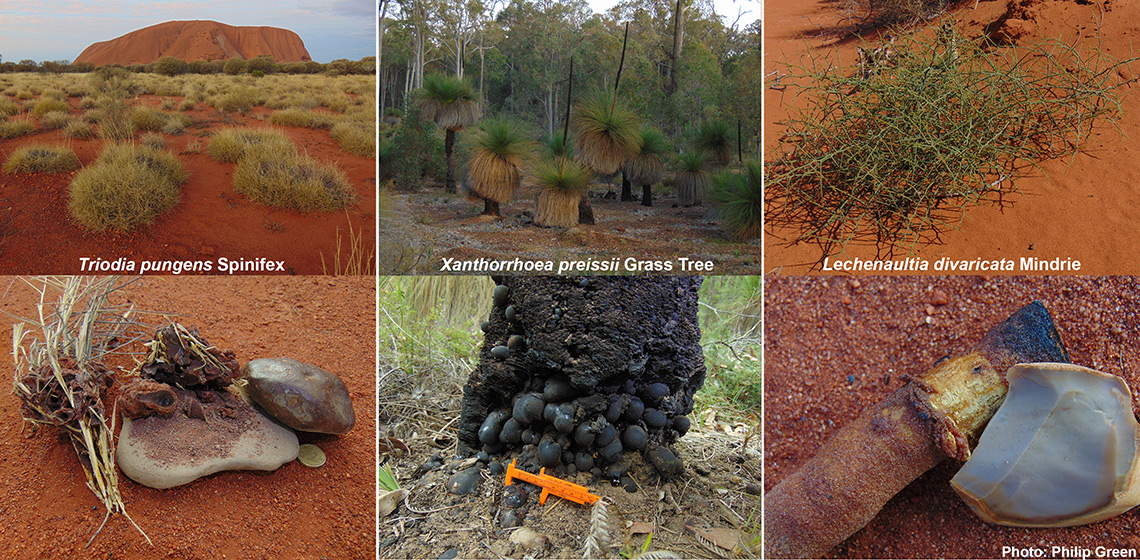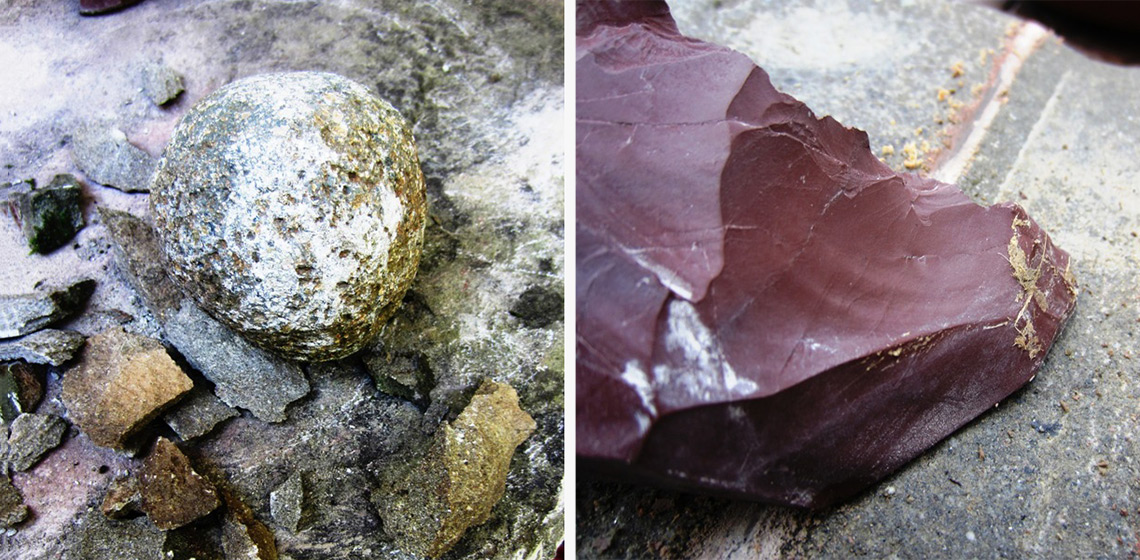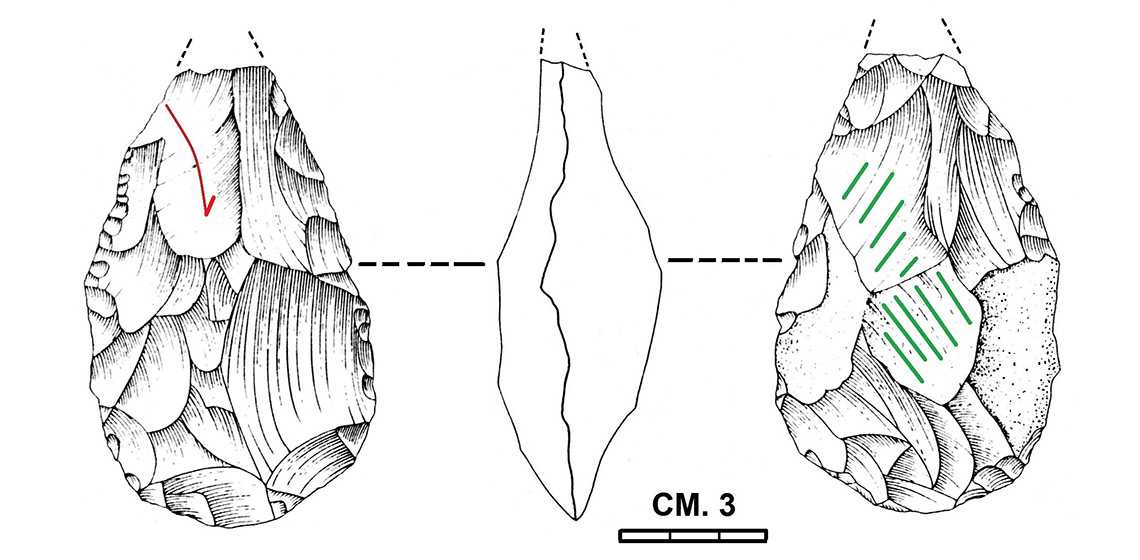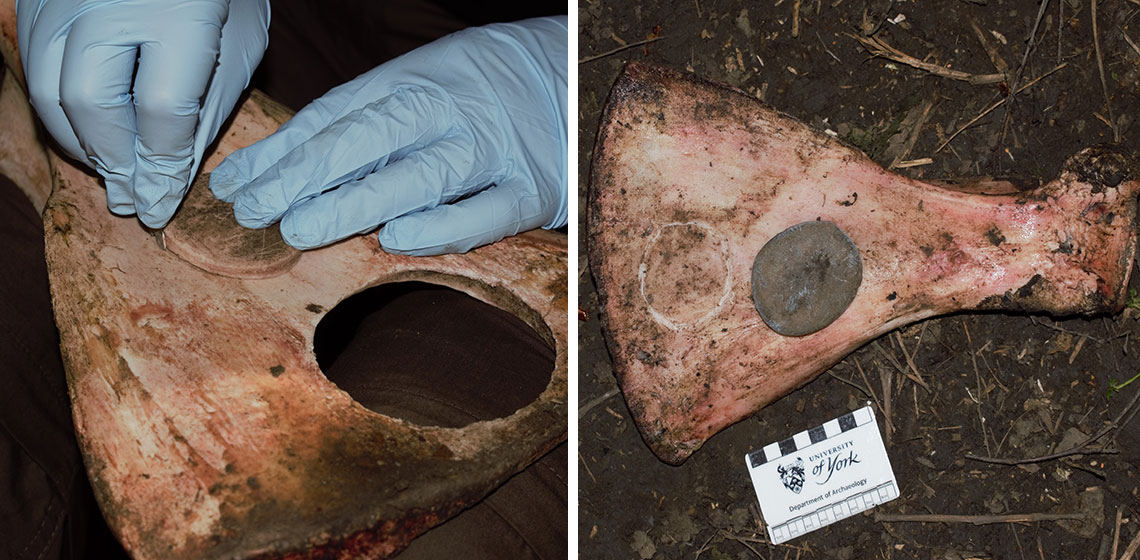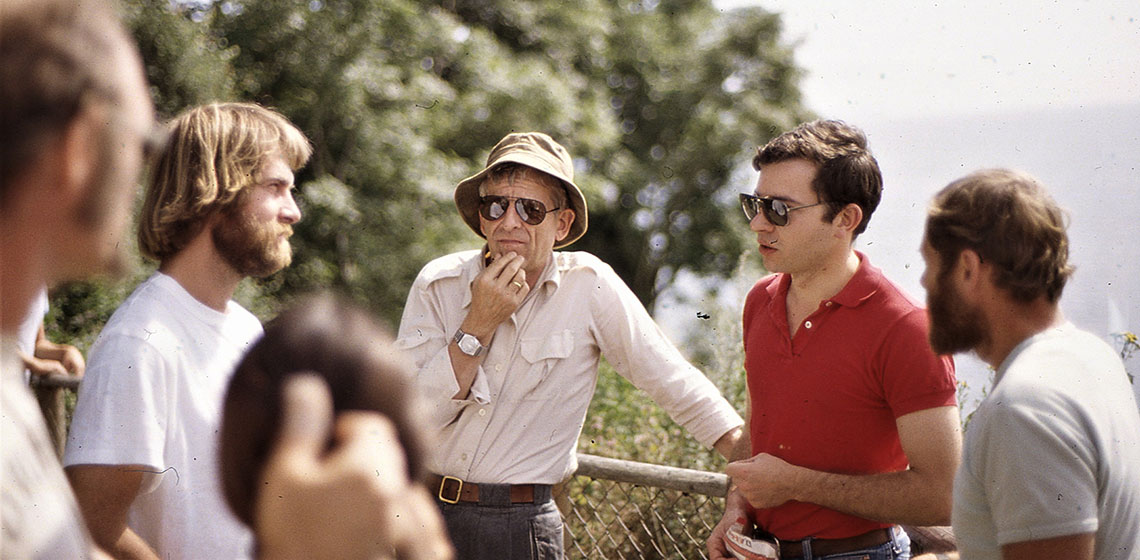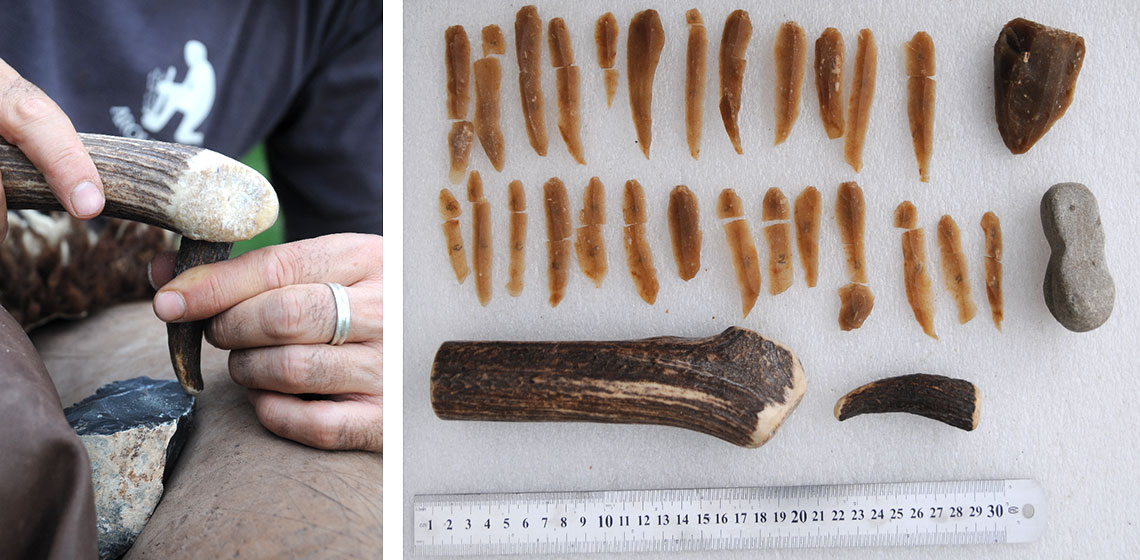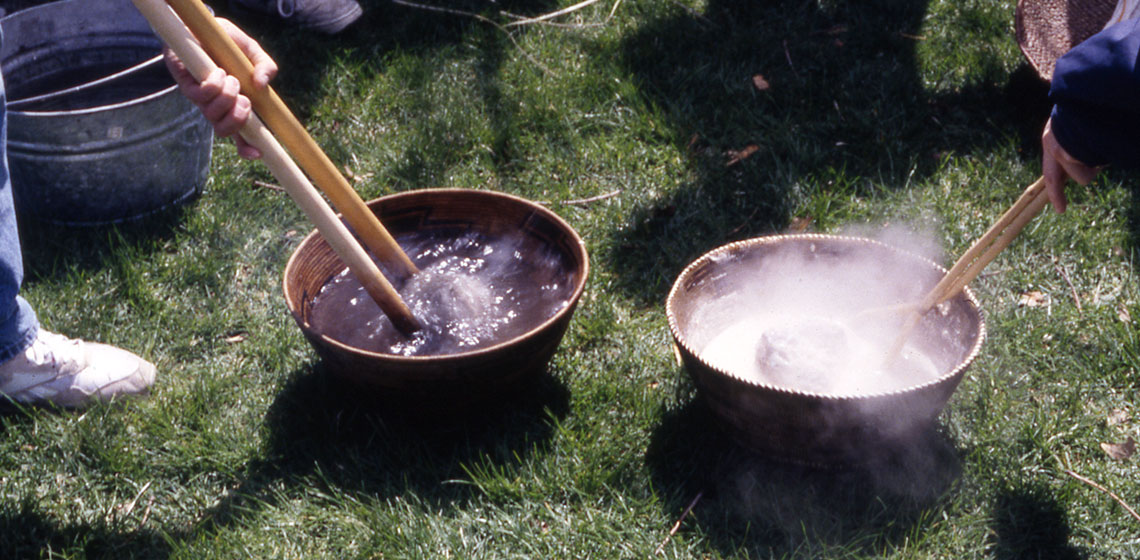The Process of Making Schist Axes of Paja Ul Deˀŋ – “The People of Big Water”
Paja Ul Deˀŋ [padʒaul’deˀŋ] “The People of Big Water” is a conventional and compact name given to Neolithic inhabitants of the territories of Saint Petersburg and the Leningrad region in their hypothetical reconstructed language (it is possible to state that these people spoke a language that was very close to Yeniseian languages). Paja Ul Deˀŋ made axes/adzes mainly of schist, a process that takes...
